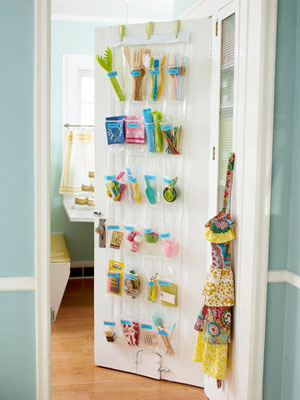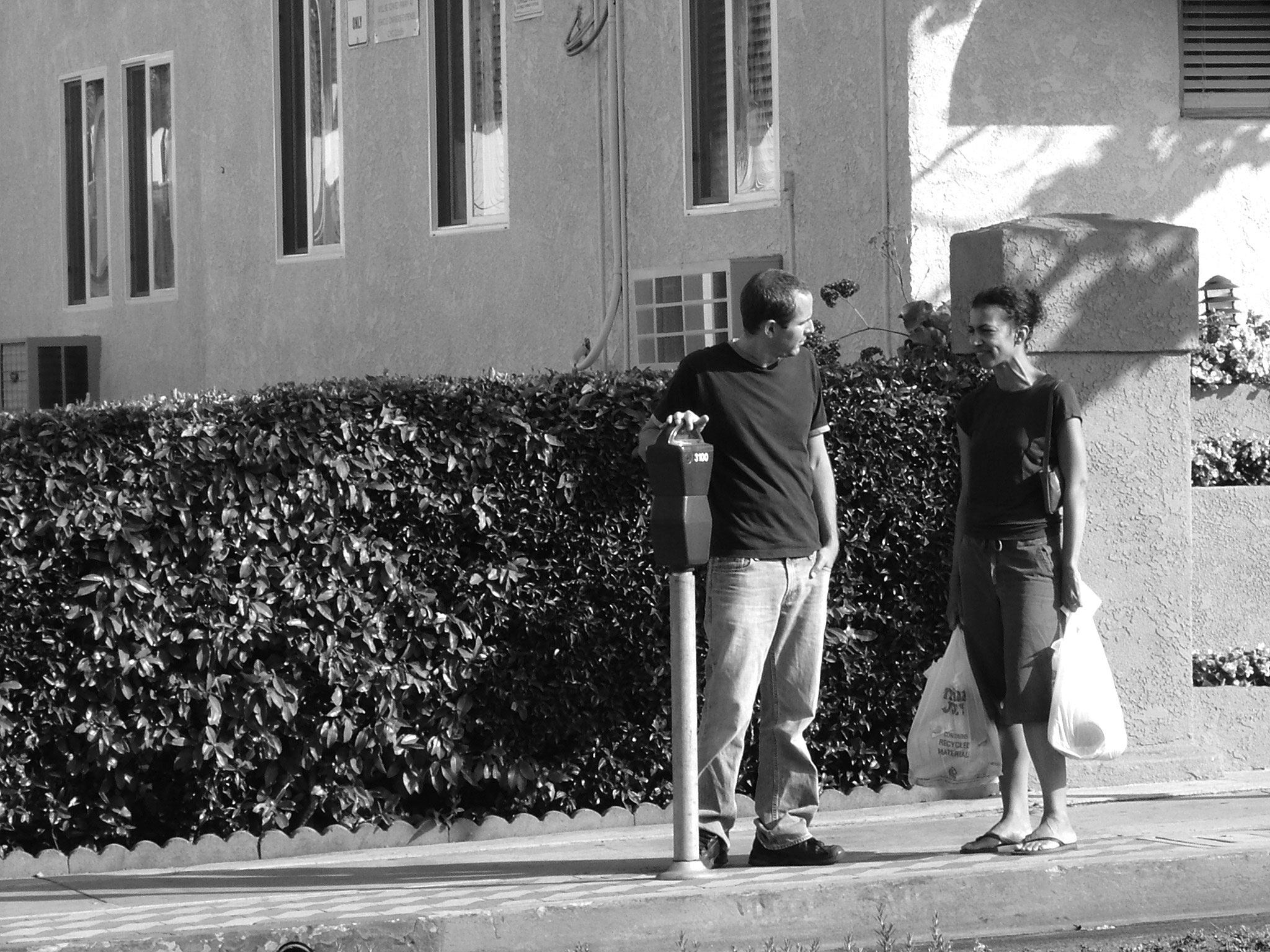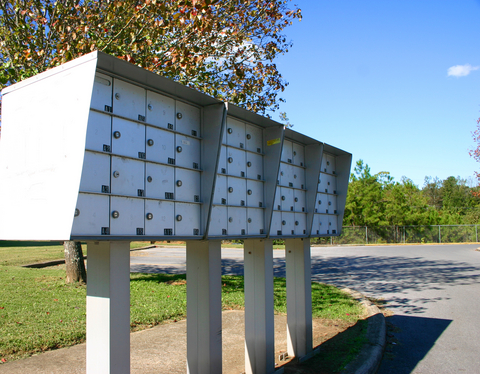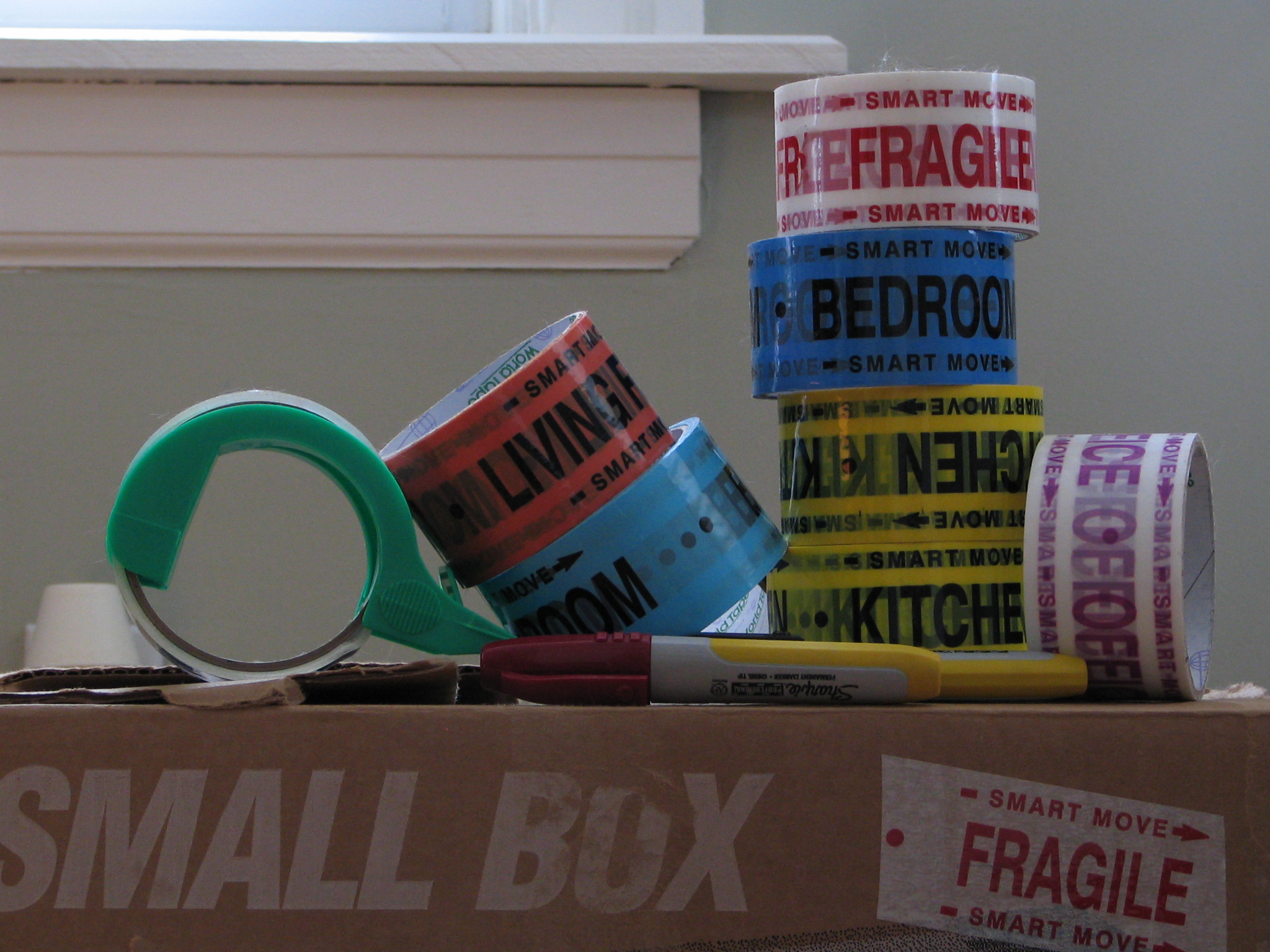What You Need To Do Before You Move – Part Two
Moving to a new community is an exciting adventure but it can also be very intimidating. Being able to create a plan of attack for when you move can help you stay focused, organized and proactive.
We provided you with some tips last week in part one. Here are some more: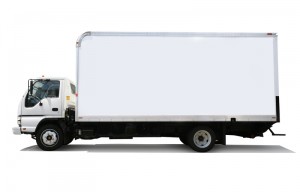
-
Get your utilities turned on. Electricity, water, trash, recycling, TV and Internet are all services you most likely want. Contact these beforehand to get them turned on and over into your name in the first few days.
-
If you bought a house from a past owner, you should consider changing all the locks. You never know who has an extra key!
-
Have a room that is free of all boxes and moving-related items. Make it a room for refuge. A comfortable couch or chair will help make it a place to relax while you deal with the stress of moving
-
Purchase or make meals that are easy to prepare by popping them in the microwave or oven.
Here are some things you need to be doing in the first couple of weeks in your new home:
-
Check with the post office to get items that may be on hold for you. Get the rest of your change of address forms out to credit card companies, clubs, etc.
-
Keep receipts of all moving-related costs. You’ll want these for tax season.
-
Find out your neighborhood’s trash schedule by contacting the local waste removal company
-
Open a bank account in your new town (if your old bank isn’t in your new city). Some people like to have a safe box in their bank. So set one up if necessary.
-
You’ll want to obtain an updated driver’s license and get your vehicle registration updated.
-
Register to vote! Find your polling center.
-
Allow your kids to help make decisions about decorating the home, especially their home. Make them feel comfortable in an unfamiliar situation.
-
Allow the children to visit the local playground or go around the neighborhood to meet children of their age to make friends.
-
Get involved with the community: find your local church or congregation, find a coffee shop you can get things done at, find clubs or activities.
In no time, you and your children will feel involved with the community and be back to normal!





